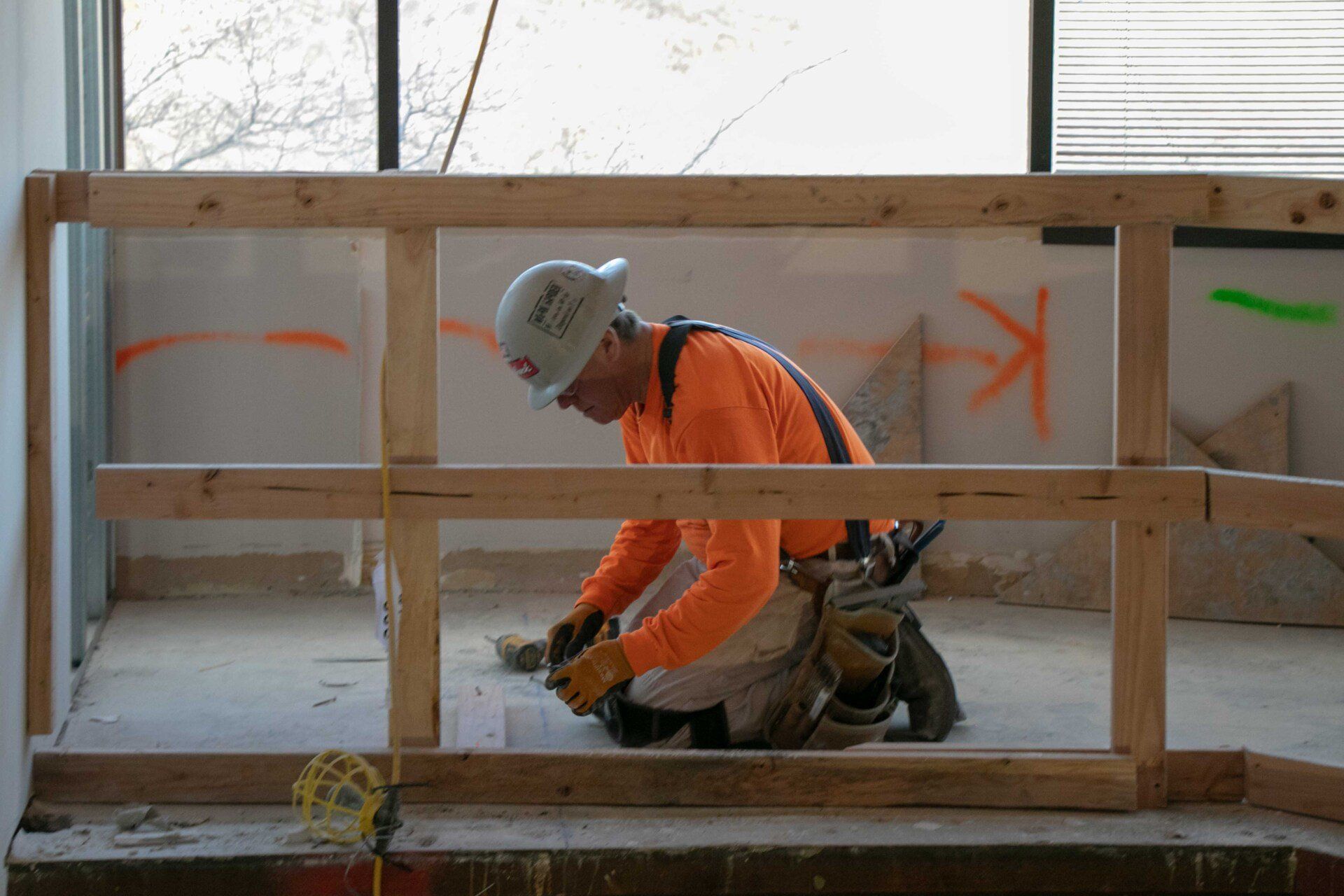Controlling and Tracking the Cost. When it comes to tenant improvement projects, you may think that real estate owners have an easy job managing them because they are so common. However, there are many steps and small details in every improvement project, and as such, tracking costs is one of the biggest challenges that a landlord faces during the tenant improvement project. Due to the importance of tracking costs, it’s important to pay attention to and reflect on how to improve the process.
Here at G. S. & S. Construction, we are a tenant improvements company that serves the entire St. Louis, MO area. Our team of expert contractors and managers are happy to share these tips on how to control and track the cost of your tenant improvement project.
Controlling and Tracking the Cost. Utilize CSI Categories
One of the best ways to organize and track the costs of your tenant improvements is to use the categories given by the Construction Specifications Institute. Most real estate owners use these cost categories when planning and bidding because they drill down to specifics and allow all team members to be on the same page. Using this consistent framework allows you to track costs and compare them to similar commercial tenant improvements projects.
Integrate Your Procedures Across All Projects
Your process for tracking costs should be well-defined, user-friendly, and repeatable across all leasehold improvement projects. When choosing a procurement platform, choose one that acts as a system of official record and keeps all the information relevant, current, and accessible in real-time. At the very least, ensure that standardized cost tracking templates are accessible to every team member.
Stay on Top of Exclusions, Qualifications, and Assumptions
If you’re the real estate owner, one of most important things to do is to minimize as many assumptions and qualifications as possible. When prepping your legal documents, clarify that the architectural drawings and specs take precedence over any assumptions and qualifications. Also, your vendors should be informed of any exclusions in your leasehold improvements project, such as permit fees, overtime works, scaffolding, and prep work.
Secure a Unit Pricing Commitment
Instead of reviewing a bid from the top down, real estate experts recommend starting from the bottom up. What that means is that the pricing will be reviewed at a unit level, which will help you more accurately evaluate the total cost of each trade. When you get offered a change order, ask your bidders to offer unit pricing with detailed options.
Scrutinize the General Conditions
General conditions are something that are something glossed over by tenant improvement contractors. Instead of generalizing, make sure to get granular and drill down. Because general conditions can range from 6 to 8 percent of trade costs, you can save quite a bit by looking closely at your costs in this area.
St. Louis, MO Tenant Improvements
At G. S. & S. Construction, our fourth-generation award-winning team of construction experts specialize at staying on time and budget. When you’re looking for a tenant improvement contractor who will keep your costs down, do not hesitate to give us a call. To get the ball rolling, contact us at (314) 298-8100 today.
The post Controlling and Tracking the Cost of Your Tenant Improvement Project appeared first on G. S. & S. Construction.





